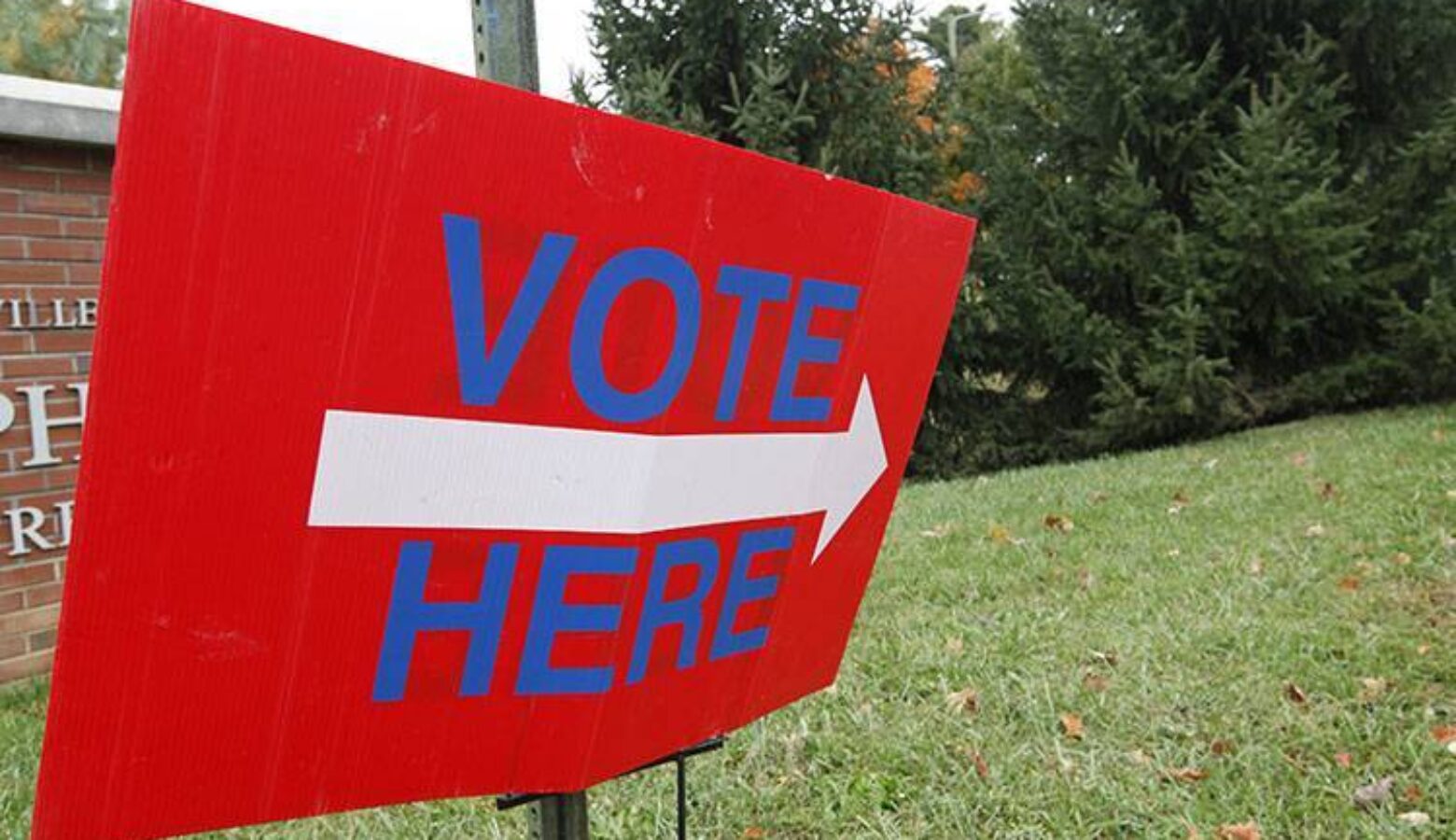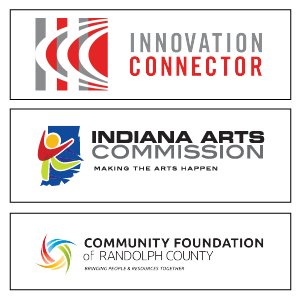Charter school funding is on the ballot. Do voters even know?

Residents in Hammond will vote next week on whether to continue a property tax increase to give more money to local schools.
But voters may not know a crucial detail. For the first time in the state, the district will be required to share the money with nearby charter schools. That’s because the question on the Tuesday ballot does not mention charter schools at all.
Charter schools, which are publicly funded but independently managed, don’t typically receive property tax revenue in Indiana.
Then a law approved earlier this year by the GOP-controlled General Assembly and Republican Gov. Eric Holcomb requires school districts in Lake and three other counties to share the money from voter-approved referendums with charter schools that chose to opt in.
Supporters for changing the law say all students attending public schools should benefit equally from local referendum funds — not just students at traditional school districts.
But citizen advocacy groups and local voters say lack of transparency on the ballot is concerning.
Julia Vaughn, head of the elections watchdog Common Cause Indiana, said the referendum question is missing critical information the public needs to know when casting a vote.
“This is a big change in state law,” Vaughn said. “I think voters might after the fact feel a bit hoodwinked if they come to understand that now there will be charter schools who are eligible and will be receiving this funding.
“I think the legislature missed the mark this year, by failing to require full and complete transparency with the school referendum.”
The referendum
The School City of Hammond is the only district in the November election to qualify for the provision since it went into effect in May. Hammond has agreed to share revenue, as required by law, with 10 charter schools. The district is asking voters to extend a previously approved tax rate increase to generate $14.6 million in operational funds for each of the next eight years.
The public question that voters see on the ballot says the tax levy is for funding the “school corporation,” which will use it for costs including teachers, academic programs, and transportation at the Hammond school district. It does not mention charter schools.
The new law does not require the ballot question include an explanation that funds will be shared with charter schools, or the names of those charter schools, according to a recent Department of Local Government Finance memorandum. Rather, the law modified the required ballot language by striking the term “school corporation” as the unit that receives the tax revenue and replaced it with “schools.”
But the law does not modify the question for a referendum to extend an existing tax levy, according to the DLGF memo. The ballot question for Hammond still refers to the “school corporation” as receiving all the funds.
A DLGF spokesperson did not respond to questions about requirements of the law.
Kenneth Davidson, a Hammond resident and property owner opposed to the referendum, said he was “flabbergasted” when learning the ballot question lacked details about sharing revenue with charter schools that are outside city limits.
“I guess the theory is that the dollars follow the students,” Davidson said about the intent of the law. “But my general belief is that my property tax money supports my local community. And when you take that money outside the community, I think that’s a big step for people and especially when they don’t know about it.
“If it was clearly stated, and people knew about it and they still chose to do it, that’s fine.”
Fully transparent?
If the Hammond referendum passes, about $830,000 annually would be distributed between local charters, according to a district spending plan. Those 10 schools enroll students who live in Hammond. They chose to participate in the referendum and follow certain requirements, like agreeing to post a referendum disclosure statement on their websites.
Charter schools will receive money for each student they educate who lives in Hammond. Most of the participating schools will get less than $20,000 each year.
Hammond Academy of Science & Technology, however, would receive around $700,000 annually. The charter, which serves grades 6-12, enrolls more than 500 students who live in Hammond. School leader Deborah Snedden said the revenue injection would support a full-time social worker, support staff for academic intervention and possibly building improvements — to make more space and modernize high school course offerings.
But Snedden is cautious about what will happen even if the referendum is approved. Guidance on how the new law is supposed to work has been difficult to get.


